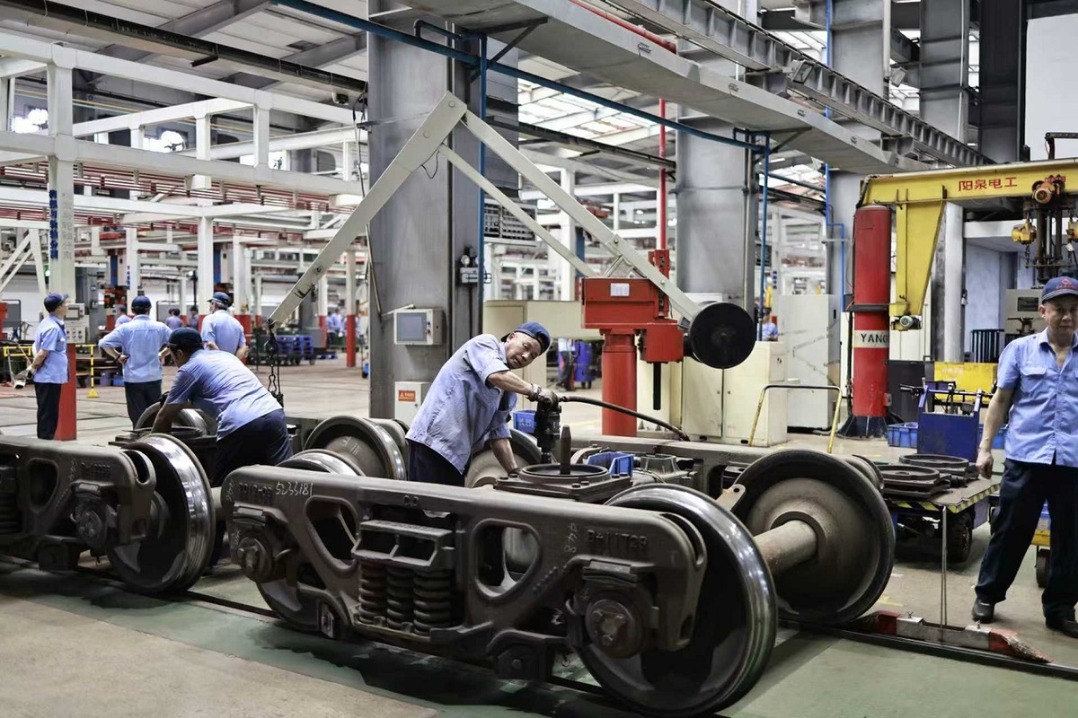Chinese scientists achieve major breakthrough in perovskite solar cell technology

SHANGHAI -- Chinese scientists have achieved a major advancement in the field of perovskite solar cells, potentially paving the way for their widespread industrial application.
Perovskite solar cells, a highly promising next-generation photovoltaic technology, generate electricity like traditional silicon-based cells while offering distinct advantages such as being ultra-thin, flexible and lightweight. These features open up possibilities for integration into unconventional surfaces like clothing and windows. However, the instability of these devices has remained a major obstacle to commercialization.
A research team from the Shanghai-based East China University of Science and Technology has achieved a major breakthrough by identifying the key mechanism behind this instability.
The researchers have developed an innovative perovskite solar cell device capable of operating for an unprecedented 3,670 hours, setting a new benchmark for durability. Their research was recently published in the journal Science.
To address the stability issue, the researchers introduced a novel solution: putting the perovskite material in a "protective suit" made of graphene-polymer, a hard and durable material. This innovative approach significantly enhances the material's lifespan and resilience.
The researchers also revealed that they have already initiated collaborative trials with industry partners. If successfully mass-produced, this technology could revolutionize the energy sector, enabling innovations that integrate solar energy harvesting into everyday life.
- Investigation team set up after deadly bridge construction accident in NW China
- Two giant pandas welcome their first visitors at new home in Harbin
- China's V-Day parade to highlight peace, pledge to defend international fairness, justice
- A voice of Shandong University of Technology heard in Russia
- 12 dead, 4 missing after bridge collapses in Qinghai
- Central delegation visits people in Lhasa





































